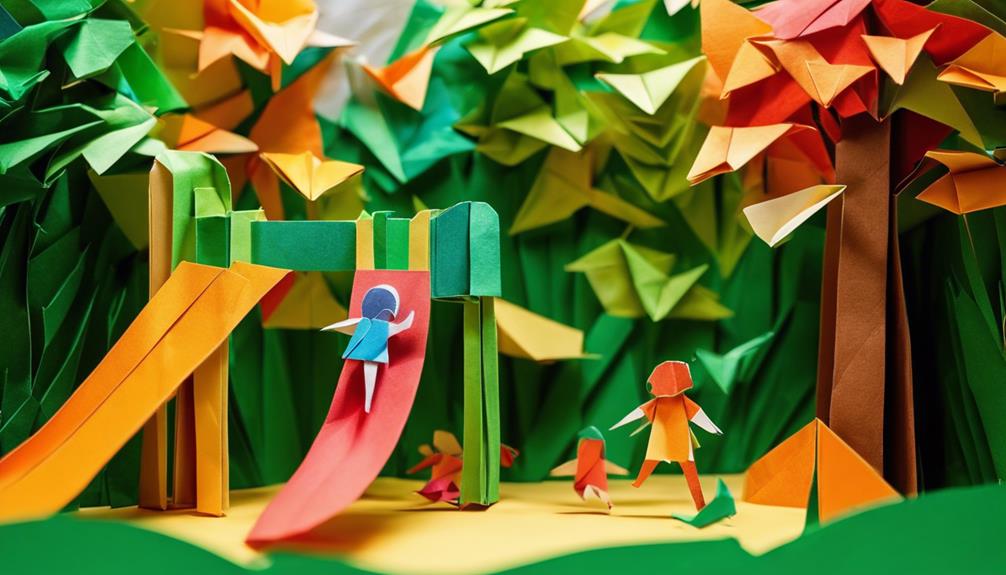Experiencing the emotional journey of divorce as a child can be a complex and challenging process, requiring a delicate balance of understanding and support. As we move through the seven stages, from initial shock and disbelief to ultimately moving forward and healing, it becomes clear that children go through a range of emotions that can influence their perspectives and behaviors.
Understanding these stages can help us provide the necessary support to guide children through this transformative experience, ensuring they emerge stronger and more resilient.
Key Takeaways
- Children may experience shock, anger, sadness, and hope during divorce.
- Parents should listen, reassure, and provide stability for children's emotional well-being.
- Understanding children's unique coping styles and needs is crucial during divorce.
- Encouraging healthy expressions of feelings and fostering security aids children through divorce.
Shock and Disbelief
During the initial stage of shock and disbelief following their parents' divorce, children often struggle to grasp the reality of the situation and may find comfort in maintaining familiar routines. This period can be overwhelming as kids attempt to navigate their emotions amidst the significant changes happening around them.
It's natural for children to feel a sense of denial as they try to make sense of what's happening between their parents. Their world, once stable, is now filled with uncertainty and confusion. Parents play a crucial role during this time by offering reassurance and emphasizing their unwavering love and presence.
Denial and Confusion
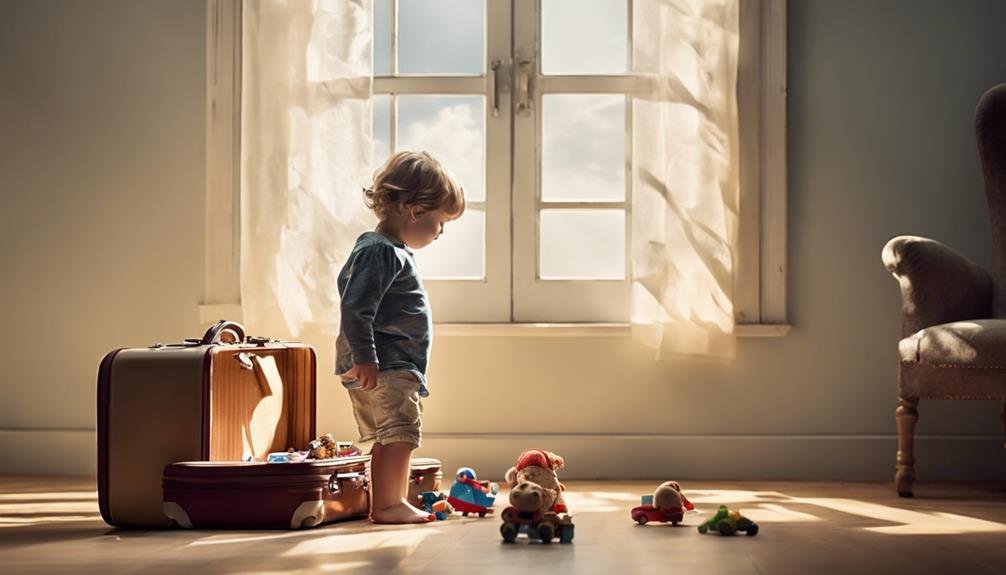
In the midst of divorce, children grappling with denial and confusion may exhibit behaviors that mask their inner turmoil. Denial can lead them to pretend that nothing has changed, hoping for a swift return to normalcy despite the shifting family dynamics. This denial might manifest in maintaining routines as if the divorce hasn't occurred, concealing their true feelings. Confusion further compounds their struggles as they try to make sense of the significant changes in their family dynamic. It's essential for caregivers to create a nurturing and consistent environment to help children navigate through these challenging emotions.
During this phase, it's common for children to feel overwhelmed by the unfamiliarity of their new family situation. They may seek reassurance and stability in routines, clinging to what remains constant amidst the chaos. Understanding and acknowledging their denial and confusion can help caregivers provide the necessary support and guidance to help children gradually come to terms with the reality of the divorce and adjust to their new family dynamic.
Anger and Betrayal
As children navigate the emotional turmoil of divorce, they may grapple with intense feelings of anger and betrayal. These emotions can stem from a sense of abandonment and loss, leading to a questioning of trust and security within relationships.
It's crucial to support children in coping with their anger and dealing with feelings of betrayal during this challenging time.
Coping With Anger
How can children navigate through feelings of anger and betrayal during their parents' divorce? It's crucial to acknowledge and validate these emotions to help kids cope with the anger stage.
Here are some ways to support children dealing with anger and betrayal:
- Encourage open expression: Create a safe space where children can freely talk about their feelings without judgment.
- Provide emotional support: Offer reassurance and comfort to help them process the sense of loss and abandonment.
- Teach healthy coping mechanisms: Help children channel their anger into constructive outlets like art, physical activities, or journaling.
Dealing With Betrayal
Navigating feelings of betrayal can be challenging for children during their parents' divorce, requiring understanding and support to help them cope effectively.
Children may experience a sense of anger and betrayal towards their parents for the breakdown of the family unit. This feeling of betrayal often stems from a perceived breach of trust and feelings of abandonment by one or both parents.
It's common for children to struggle in processing these emotions, leading to acting out or emotional withdrawal. Addressing and working through these feelings of anger and betrayal is crucial for children to heal and adjust post-divorce.
Parents play a vital role in acknowledging and addressing their children's feelings of betrayal, providing the necessary support and guidance during this difficult emotional stage.
Bargaining and Hope

In this stage of divorce grief, children may experience feelings of guilt and a desire to regain control by making promises to change their behavior. It's common for kids to believe that their actions could have prevented the divorce, leading to a sense of responsibility during the bargaining stage.
Here are some ways to help children navigate through this phase:
- Encourage Open Communication: Create a safe space for children to express their emotions without judgment. Let them know it's okay to feel the way they do.
- Provide Reassurance: Remind children that the divorce isn't their fault. Help them understand that some things are beyond their control, and it's not their responsibility to fix everything.
- Support Healthy Coping Mechanisms: Encourage children to engage in activities they enjoy and express themselves creatively. This can help them process their emotions in a positive way.
Sadness and Grief
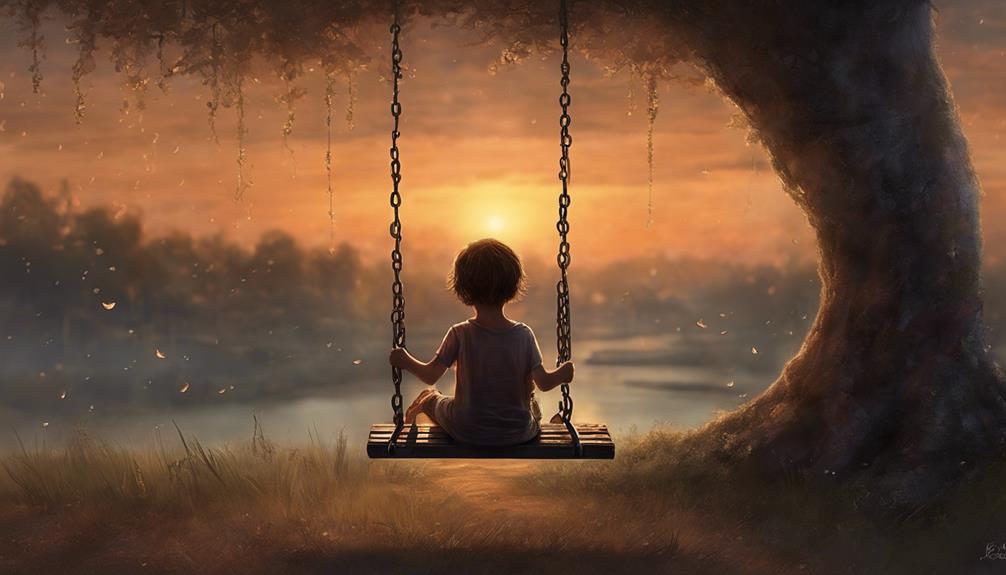
As children navigate the emotional journey of divorce, it's common for them to experience profound feelings of sadness and grief. These emotions can be overwhelming and may lead to changes in behavior, like mood swings or withdrawal.
Providing a supportive environment where children can express their emotions is crucial in helping them cope with the loss and begin the healing process.
Coping With Loss
During the emotional stages of divorce for children, coping with loss, particularly the feelings of sadness and grief, is a significant aspect that requires understanding and support. Children often experience a deep sense of loss as they navigate the stages of grief during their parents' divorce. This process is essential for them to adjust to their 'new normal' after the family structure changes. It's crucial to acknowledge the following:
- Children coping with divorce may experience sadness and grief due to the loss of the family unit they once knew.
- Grief in children during divorce can manifest in various ways, such as withdrawal, tearfulness, or expressions of sadness.
- The sadness and grief children feel during divorce can impact their emotional well-being and behavior.
Expressing Emotions
Navigating the emotional rollercoaster of divorce, children may find solace in expressing their raw emotions of sadness and grief as they adapt to their changing family dynamics. Children are often overwhelmed by a sense of loss and longing, leading to tears, withdrawal, or changes in behavior.
It's crucial for parents to understand that expressing emotions like sadness and grief is a natural part of the healing process for children. During this challenging time, children may feel lonely or disconnected from their usual activities as they come to terms with their parents' decision.
Acceptance and Adjustment
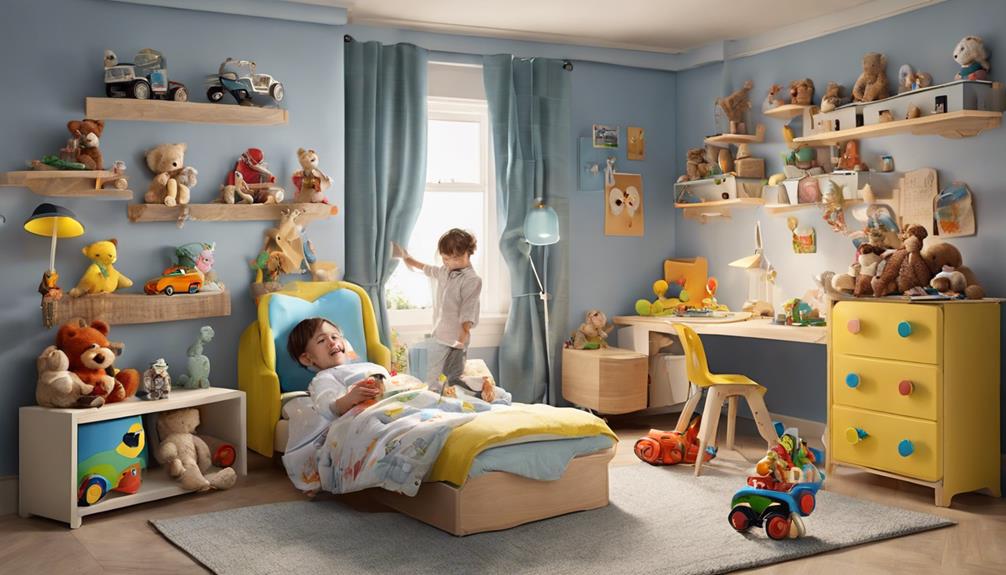
In helping children navigate the acceptance and adjustment phase post-divorce, we can encourage open communication and provide a nurturing environment for their emotional expression. Here are three crucial ways to support children in this phase:
- Understanding New Dynamics: Acknowledge the changes in the family structure and help children comprehend and adapt to the new normal. Discussing these changes openly can alleviate confusion and uncertainty.
- Realizing Unlikelihood of Reconciliation: Help children come to terms with the fact that parental reconciliation is improbable. Assure them that it's okay to feel a range of emotions and that their feelings are valid.
- Encouraging Emotional Expression: Create a safe space where children can freely express their emotions without judgment. Listening attentively and validating their feelings can aid in the acceptance process and facilitate adjustment.
Moving Forward and Healing
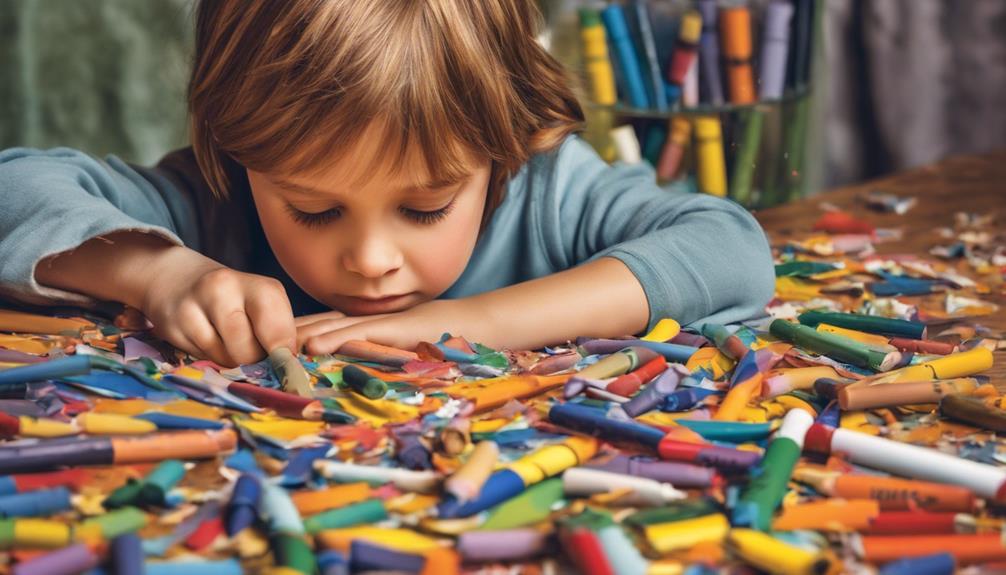
Encouraging children to actively engage in expressing their feelings and thoughts is a pivotal step towards moving forward and fostering healing after a divorce. It is normal for children to experience the Stages of Divorce Grief differently and at their own pace. To aid in their healing journey, creating a safe space where they can openly discuss their emotions is crucial. Assuring children of ongoing support and love helps them navigate through their grief and adjust to the new family dynamic. Understanding that things may not go back together as they were before the divorce is essential. By helping children comprehend and accept this new normal, we can support their emotional well-being and assist them in moving forward positively.
| Supporting Children's Healing Journey | Key Actions |
|---|---|
| Provide a safe space for open expression | Listen actively |
| Assure ongoing love and support | Encourage healthy coping |
| Help children accept the new normal | Validate their feelings |
Frequently Asked Questions
At What Age Is a Child Most Affected by Divorce?
We believe children between 9 and 12 are most affected by divorce. Their cognitive and emotional development makes it challenging. Understanding these impacts can help support them through this difficult time.
How Does Divorce Affect the Emotional Development of a Child?
Divorce can impact a child's emotional development in profound ways. It stirs a mix of shock, denial, anger, and sadness. As adults, we must provide unwavering support, reassurance, and a safe haven for them to navigate these turbulent waters.
How Long Does It Take a Child to Adjust to Divorce?
It varies for each child, but adjusting to divorce can take anywhere from several months to a few years. Support, understanding, and communication from parents are crucial during this time to help children cope effectively.
What Are the 5 Stages of Divorce for Kids?
We wanted to share with you the emotional stages kids go through during divorce: Shock & Denial, Anger, Bargaining, Depression, Acceptance. It's essential to support them through this journey with love and understanding.
How do the Emotional Stages of Divorce for Children Compare to the Findings in the Research Paper Analysis?
The emotional stages of divorce for children may align with the findings in the research paper on divorce effects. The paper could shed light on the common emotional responses children experience during parental separation, providing valuable insights for families and professionals navigating this difficult transition.
Conclusion
As we journey through the emotional stages of divorce with our children, let's remember that healing takes time.
Just like a caterpillar transforms into a butterfly, our little ones will also emerge stronger and more resilient from this challenging experience.
Let's continue to provide love, support, and understanding as they navigate through this difficult time.
Together, we can help them spread their wings and soar to new heights.






